News
Chief Red Cloud, Part Two
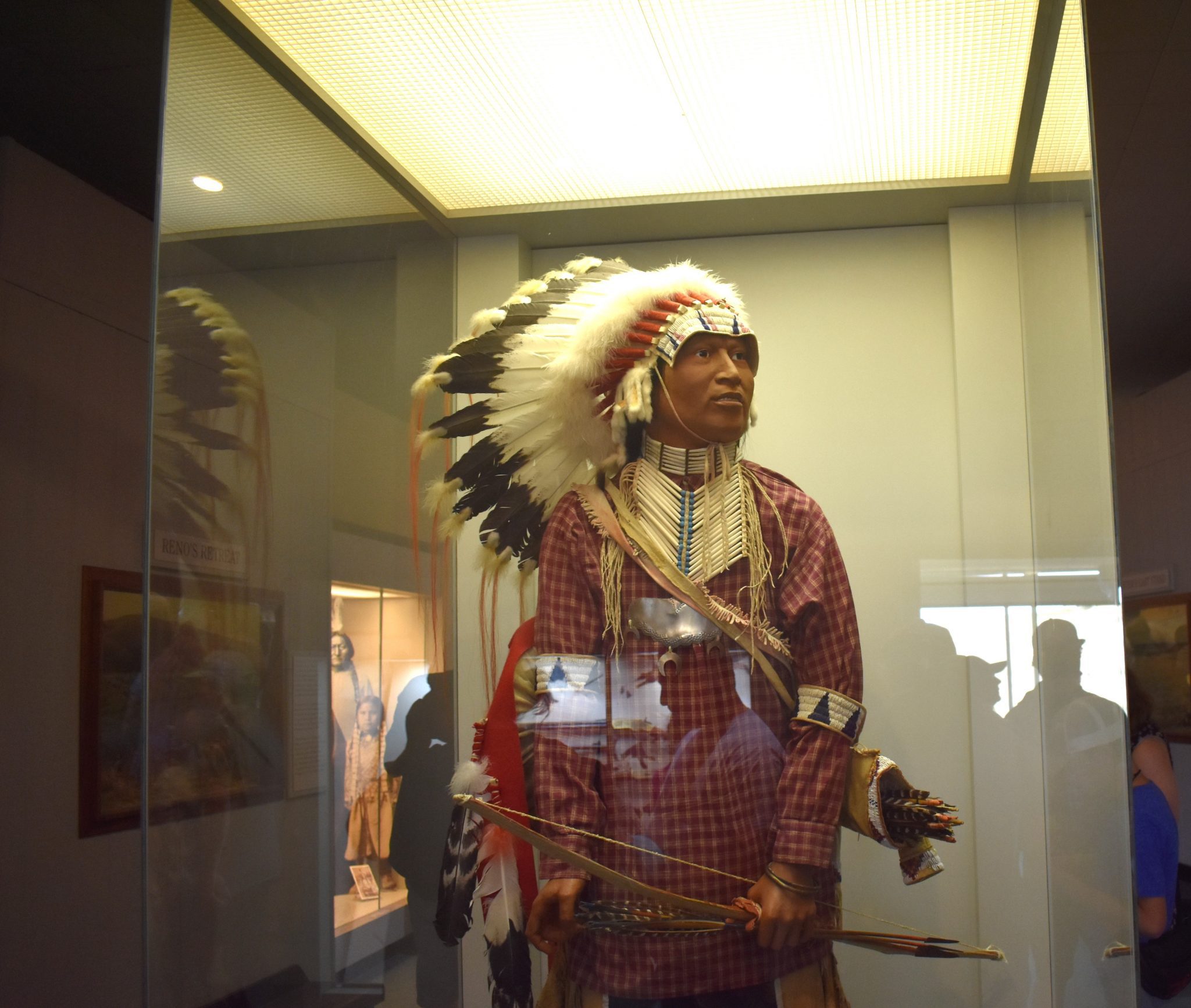
A Plains Indian Warrior, Custer Battlefield Museum
In part one of the story about Red Cloud, we explored some of the early days of the Red Cloud War. In part two we continue from where part one left off.
From Wyoming Industrial Journal, December 1, 1909, talking about the April 29, 1868, treaty, by which all troops were withdrawn from Forts Kearny. Smith and Reno and all attempts to open the Montana road were abandoned. It is important to note that Red Cloud did not sign this treaty but sent word that there was time enough for him to sign when the troops had been withdrawn and the wagon road closed up.
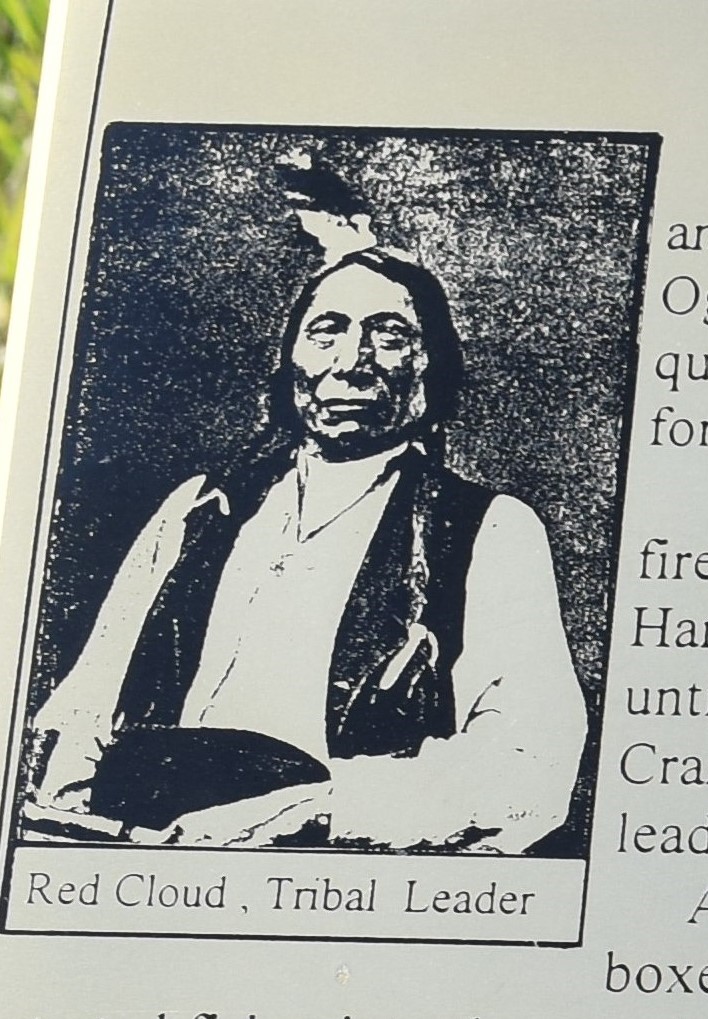
At the end of August upon advice of the commission, the government determined to take the chief at his word and on the 27th of August all of the troops were withdrawn. At that time Red Cloud was in his buffalo camp on Powder River, when messenger was sent to him asking that he sign the treaty. He said it was so late that he thought it best to secure his winter’s meat before he met with the commissioners.
This led the members of the commission to fear that the chief did not intend to keep his agreement, but after he had finished his fall work on November 6, 1869, he signed the treaty, which was ratified by President Johnson on February 24. From the date of signing this treaty Red Cloud kept his word faithfully and led good life, according to Indian standards.
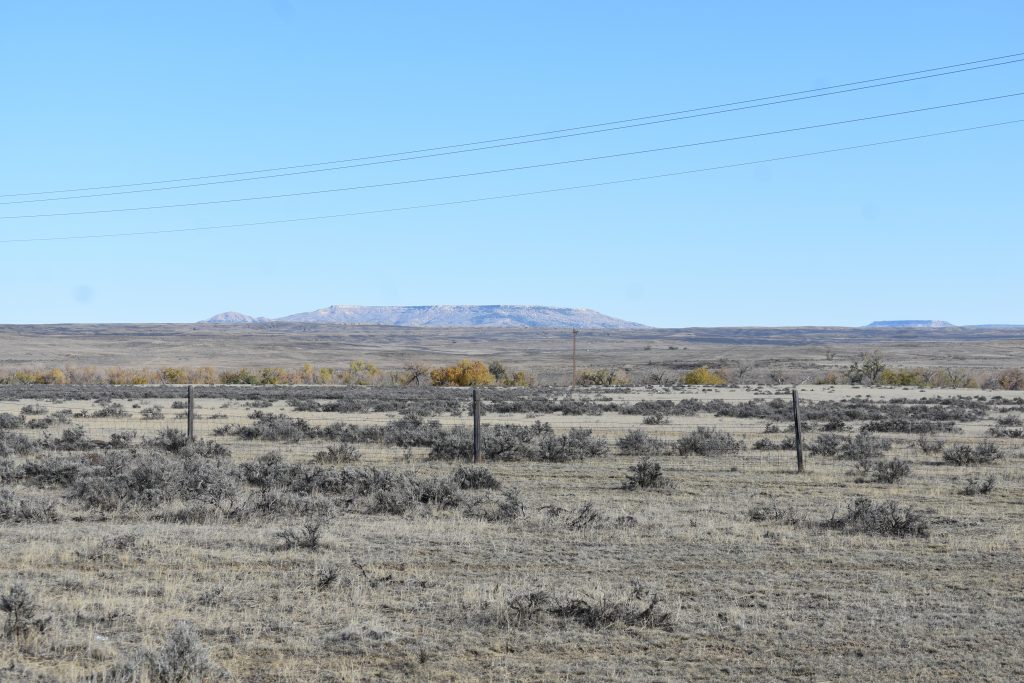
In 1870 Red Cloud, Spotted Trail, with several other chiefs and their wives, went to Washington, where they met President Grant and governmental officials. It was on this occasion that Red Cloud delivered his famous speeches and protested against being taken to New York. He however, was forced to go, and in Cooper Union delivered another address; which was listened to by one of the greatest crowds which ever filled that vast auditorium. Upon his return to the west Red Cloud and his people were located near Fort Laramie. Later he was removed to place near Fort Robinson, and finally found permanent home at Pine Ridge.
Red Cloud was a good orator for his people to the government officials. In the Laramie Daily Sentinel on August 8, 1870, there is this draft of one of his speeches.
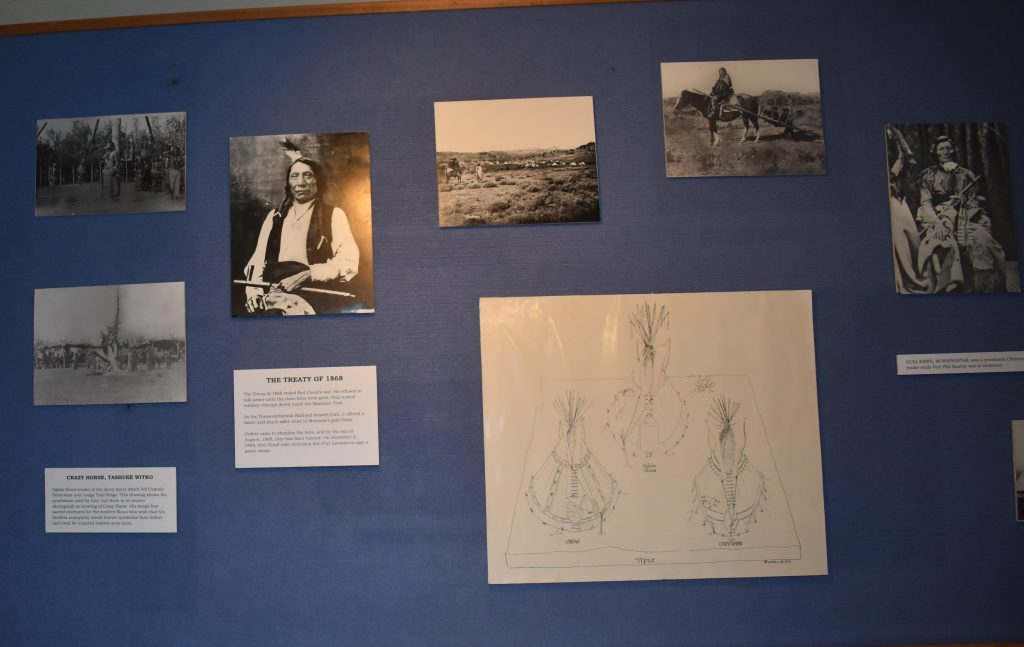
Speech of Red Cloud. The following is said to be a draft of Red Cloud’s contemplated address to the President: Great Father: Thousands of miles away, where the sun’s last light falls on the big hills, I have left people to come and look my father in the face. As the light make us see all things around us clearly, now may the Great Spirit make our talk plain that we may understand each other and that our counsels shall be as brothers who have met to smoke the pipe of peace.
Father, I have heard that you are great and good. Listen to me, my Father, and let your ears hear one of your children, “who comes from the wigwams of his people with truth in his heart and no lies upon his lips.”
I have made many treaties with your commissioners, and they have promised many times, but have never kept their promises, and we now come to see my great father myself, so that we can understand each other, and make no promises that we do not intend to keep. They have told you that I am a murder, but I do not understand it in that way. You, Great Father, have driven me away from my country, the only country I had to raise my children on.
Tell me, Father could any living man on this earth stand such a thing us this. Suppose I should go to your country, tear down your fences and steal your cattle and your hogs, would you standby and have no word to say? No, Father, I know you would not.
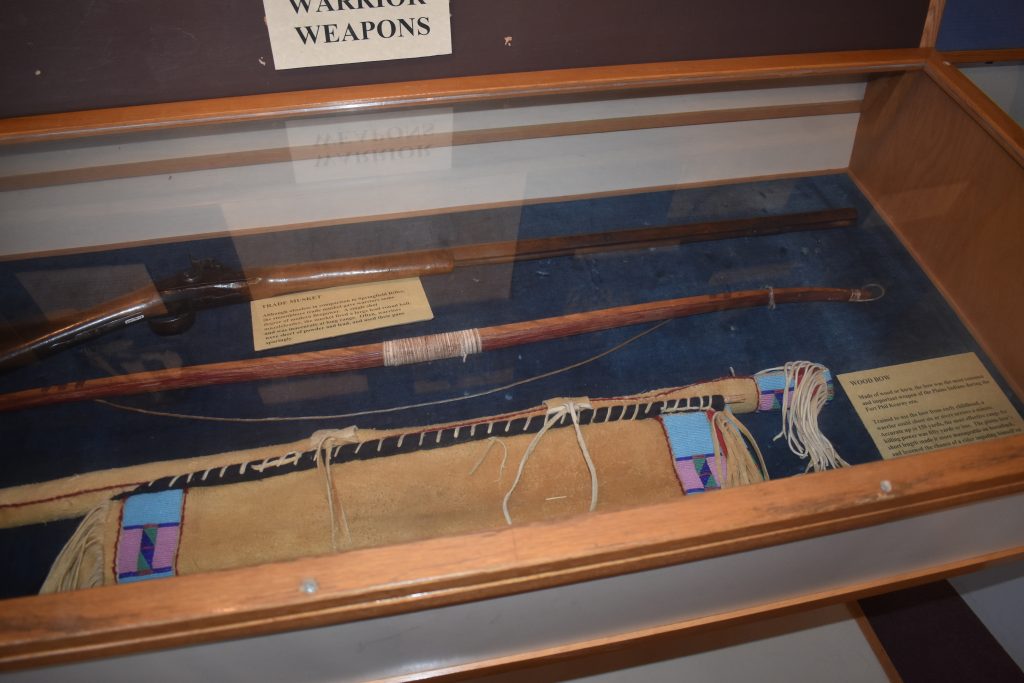
In all the troubles of my people the white man have been the first aggressors. We are not cowards; we know that you are great, and that you can crush us with your mighty power, but we believe that you are good, and that you will protect our children when they come to you for what they believe is theirs. They ask you to listen to us, as a good father should do to his children, and let us carry back to our brothers and our people, the assurance that the Great Spirit has smiled upon us. and that the Great Father is the Indian’s friend and the Indian’s protector.
And there was this news release about what happened after the visit to Washington in the Laramie Daily Sentinel, June 25, 1870: Some recent developments as to the result of Red Cloud’s visit to Washington, among which are our dispatches to-day, leads us to hope that he may be inclined to alter his course, and “adopt the maxim that “honesty is the best policy.” There is a certain nobleness of character about him, and an amount of talent and shrewdness not possessed by the general run of Indians. And having seen the power of the nation and the futility of warring with it, on the one hand, and having also received a little fore taste of what the white man can do in the way of favor it would seem as though his own sense and foresight would indicate a change of policy. He puts a lot of “special pleading,” in his speeches at the “Washington interviews” which are intended in some measure to clear up his character for his past course and bad faith, and the telegraph says he has now promised to be the “friend of the whites.” One thing we regard as certain, that if he concludes to be a friend, he has enough influence and authority to put a stop to the depredations of the Sioux.
Red Cloud was respected by his people, and looked upon as a great leader, so he did have a lot of influence over the Sioux, and even those of other tribes listened to his counsel.
The railroads and those hoping to bring more settlers in the country were overjoyed with Red Cloud’s peace talks.
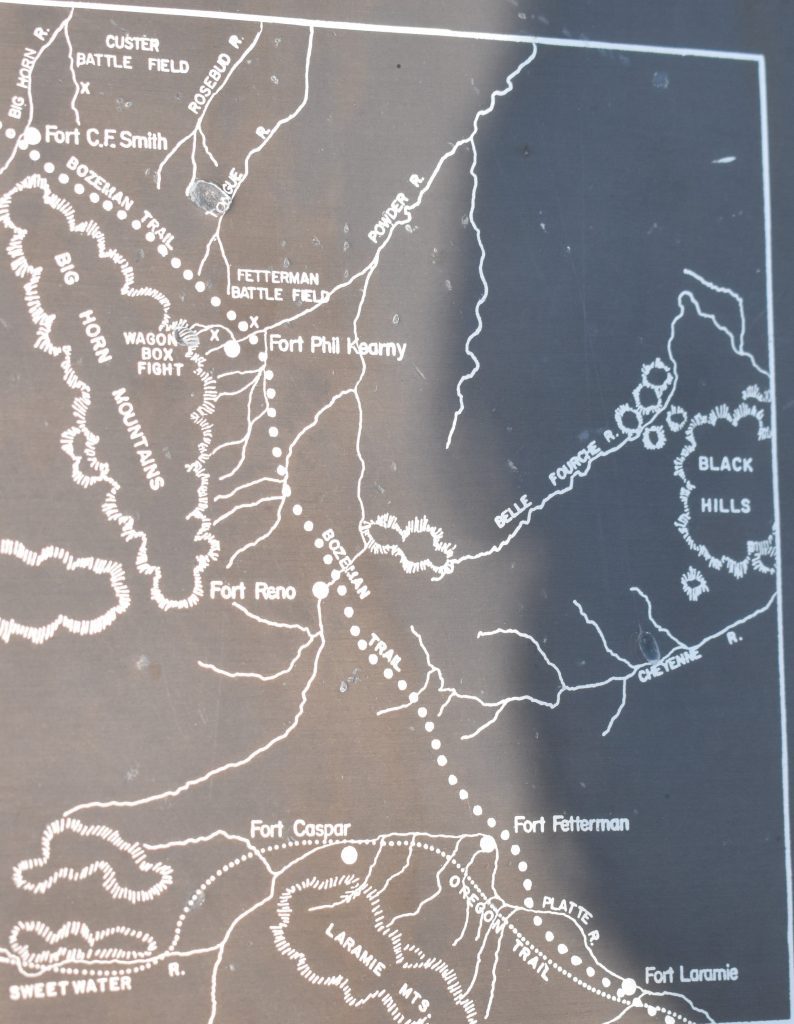
Laramie Daily Sentinel Wednesday August 3,1870 – Omaha, Aug. 2.— The Department headquarters are in receipt of a telegram from Fort Laramie, dated the 1st, reporting the arrival there of Yellow Bear, one of the chiefs who lately accompanied Red Cloud to Washington. He came direct from Red Cloud’s camp on Powder River. He says Red Cloud so far was very successful in inducing the Arapaho, Cheyennes, and Sioux he visited, to promise to remain peaceful. All these tribes and hands are destitute and are anxiously waiting for the promised supplies from the Government. Letters from members of the Big Horn expedition, report that the party is prospecting in the territory assigned to the Crow Indians. so far, they have not been molested. The weather continues very warm, and the political excitement is also hot. Information from the central stations along the line of the Union Pacific Railroad, is to the effect that the confidence of the citizens in the cessation of Indian hostilities is increasing daily, and that the overland trade with Idaho and Montana is rapidly reviving.
At first it was thought that Red Cloud might come to the Carrington Reunion held in Sheridan in 1908, as seen in this Sheridan Enterprise, Tuesday, June 16, 1908.
Sioux Warrior May Come Red Cloud Invited to Participate in Carrington Reunion and Fourth of July Celebration in Sheridan. Interest in the coming Carrington reunion and Fourth of July celebration in Sheridan is heightened by the announcement today that Red Cloud, the old Sioux warrior, who led the hostile savages against the United States troops in Wyoming 42 years ago, and who occupied relatively the same position for the reds as did General H. B. Carrington, then a colonel in the regular army, for the government forces, will probably come here and participate with his former foe in the festivities of a great occasion.
But later, in the Semi Weekly Enterprise Friday, July 3, 1908 we have this news report about Red Cloud’s possibly coming back to Sheridan. – While the Indian warrior is past 90 years of age and totally blind, it was at first though he could make the trip from Pine Ridge Agency, S. D., where he has lived for many years, but it was finally decided that he was too old and feeble to stand the long ride.
Red Cloud died on the Pine Ridge Reservation in South Dakota on December 10, 1909.
From the Big Horn County Rustler, December 17, 1909 – Death of Red Cloud. Red Cloud, the famous old chief of the Sioux Indians, passed away last Saturday, at the Pine Ridge agency last Saturday. He was 86 years old at the time of his death and for the last 25 years had lived on the agency.
Red Cloud’s tribal territory extended from the North Platte River to the Big Horn mountains. He was the last of the great Indian chieftains. He belonged lo class of Indians which was never civilized. The Bozeman Trail was constantly menaced by Indians who acted under orders of this noted chieftain.
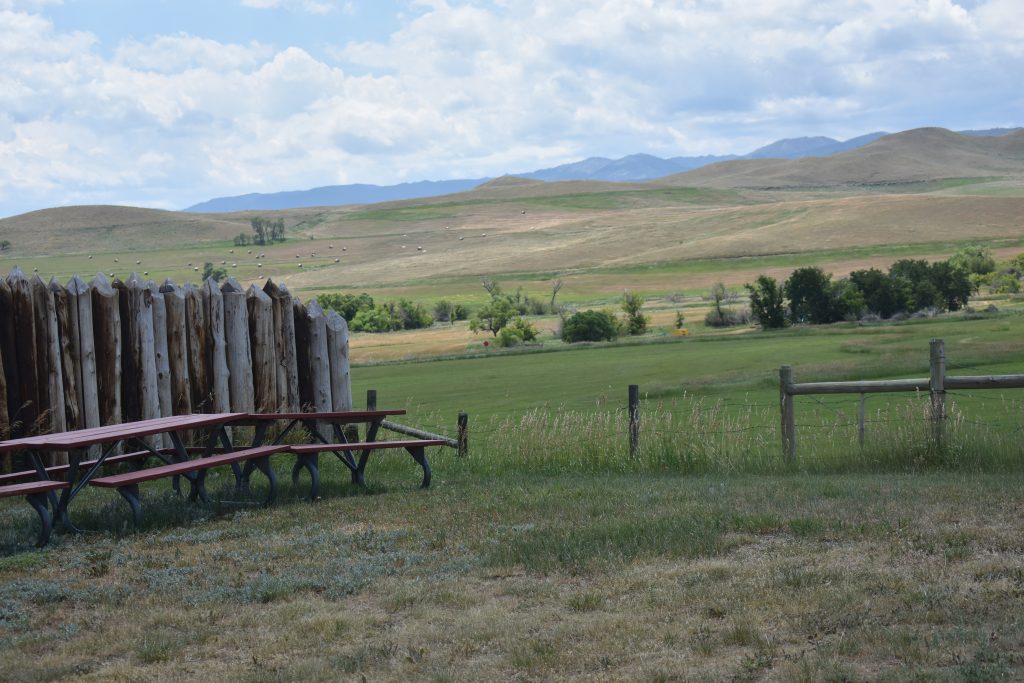
County Treasurer O.P. Hanna of Sheridan knew Red Cloud. For ten years Mr. Hanna was government scout and trapper, and in 1877 was one of General Mackenzie’s scouts when he captured and disarmed Red Cloud and his band at what is known as Crawford, Neb.
“More glory was claimed for that capture than the officers really deserved,'” said Mr. Hanna to an Enterprise reporter few days ago. “Red Cloud and his band were starving and anxious to be captured. Besides, smallpox was killing them off by the scores. They were disheartened and did not want to fight.
“Red Cloud was not what you might call fine looking Indian, but there was something about him that denoted the leader of men. When you went to the camp you would have no trouble in picking out Red Cloud he was chief, every inch of him, and showed it in every word and act.”
At the end of the article was this tribute to the old chief:
One does not need perfect knowledge of grammar to speak good and true words all the time.
Next week the history story will be about the Wagon Box Fight.

